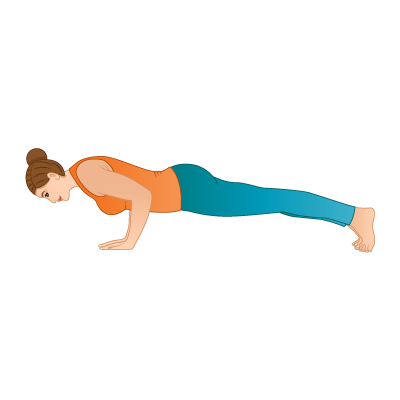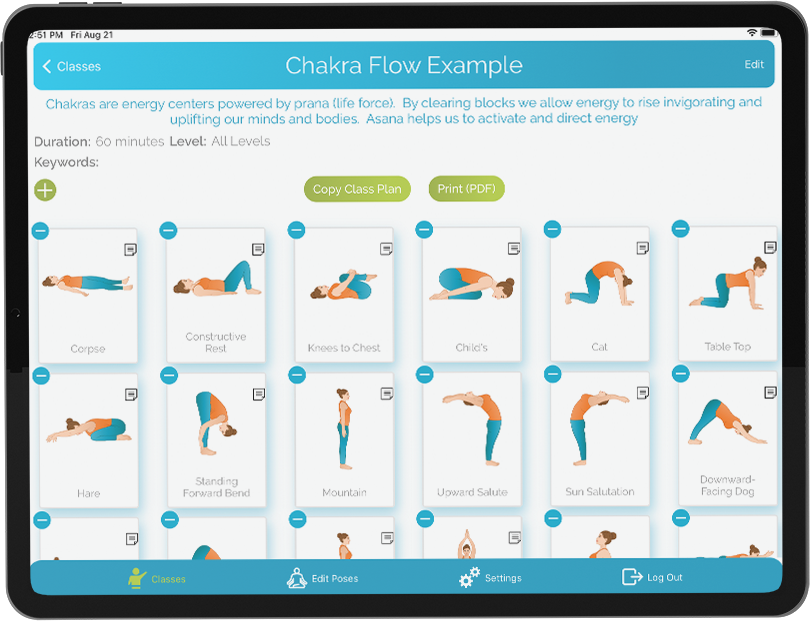What Successful Yoga Teachers Have in Common
October 26, 2011 | 3 min read
From the restorative yoga teacher who hosts a small class in her attic in Vermont to the world famous vinyasa teacher in Los Angeles who packs in hundreds of yogis at a time in her sleek Hollywood studio, the yoga world is home to a variety of teachers, styles, formats, personalities and perspectives. Despite this impressive diversity, great yoga teachers do share some significant traits.
- They do yoga every day. Full-time teachers can get pretty busy teaching and planning for classes, but if you want to be the best, you need to maintain a daily yoga practice. This will keep you connected to your body, your breath and your passion for teaching. And it doesn’t have to be two hours every single day – sometimes five minutes of meditation in the car or three sun salutes in the morning is what you have time for and what works for you. The dedication and commitment is the point.
- They are compassionate. Known as “karuna” in Sanskrit, compassion for yourself, compassion for others and compassion for the world is a key to succeeding in yoga. Compassion begets understanding and openness, helping you deal with students of all walks of life as well as your own issues.
- They are interested in others: Self-centered people need not apply. If you are teaching yoga so you can wear cute, tight clothes and stand in front of a class while you bend your body into jaw-dropping positions, you’re doing it for the wrong reasons. Great yoga teachers are interested in others – genuinely interested in meeting them, helping them and connecting with them.
- They are always learning. Learning doesn’t end with teacher training graduation. While that is a good start, the best yoga teachers continue to expand their yoga knowledge (of history, philosophy, asana, technique and much more) through workshops, trainings, reading and studying, taking other teacher’s classes and personal practice. The more you know, the more you can share.
- They learn to rest. If you teach 10 classes a week and demonstrate most of the poses, you will – probably sooner than later – get burned out or injured. The best teachers can weave words into magic, so that they don’t need to demonstrate at all to get their point across. Likewise, rest in the form of retreats, meditation, sleep and a little time off is key to keeping your yoga light shining – give yourself a break once in a while.
- They have fun. While yoga can be serious business (and you probably shouldn’t be giggling when teaching your students how to do headstand for the first time), there is always room for play, exploration and fun. Good yoga teachers know how to smile, crack an occasional joke and find the joy in the practice.
In addition to these important traits, top-notch teachers are also kind, committed, passionate, sincere and knowledgeable – they do what they love and love what they do, which makes all the difference in the world.
Posted in Teaching Tips




